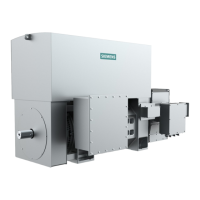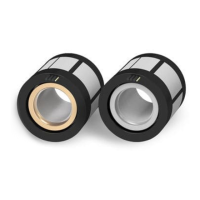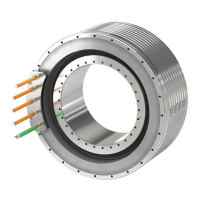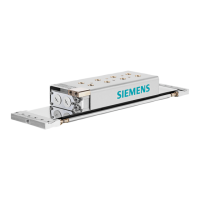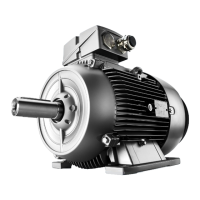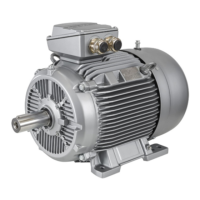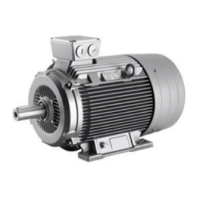Clarication of the type of drive
The motor is selected on the basis of the required torque, which is dened by the application, e.g.
traveling drives, hoisting drives, test stands, centrifuges, paper and rolling mill drives, feed
drives or main spindle drives. Gearboxes to convert motion or to adapt the motor speed and
motor torque to the load conditions must also be considered.
As well as the load torque, which is determined by the application, the following mechanical
data is among those required to calculate the torque to be provided by the motor:
• Masses to be moved
• Diameter of the drive wheel
• Leadscrew pitch, gear ratios
• Frictional resistance
• Mechanical eciency
• Traversing paths
• Maximum velocity
• Maximum acceleration and maximum deceleration
• Cycle time
A basic decision must be made as to whether induction, synchronous-reluctance or synchronous
motors should be used.
Synchronous motors are the best choice if it is important to have low envelope dimensions,
low rotor moment of inertia and therefore maximum dynamic response ("Servo" control
type).
Asynchronous motors can be used to increase maximum speeds in the eld-weakening
range. Asynchronous motors for higher power ratings are also available.
Synchronous-reluctance motors in the medium power range can represent a good alternative
conguration to induction motors if higher power ratings with high eciencies are required.
The following factors are especially important when engineering a drive application:
• The ambient temperatures and the installation altitude of the motors and drive components.
• Heat dissipation from the motors through forced ventilation or water cooling
The motor-specic limiting characteristics provide the basis for dening the motors.
These dene the torque or power characteristic versus the speed and take into account the
motor limits based on the DC-link voltage of the Power Module or Motor Module. The DC-link
voltage is in turn dependent on the supply voltage and, in the case of torque drives, on the
type of Line Module.
Other constraints apply when integrating the drives into an automation environment such as
SINUMERIK or SIMOTION.
The motor is selected based on the load which is specied by the application. Dierent
characteristic curves must be used for dierent load events.
Conguration
6.2Procedure when engineering
1PH8 SIMOTICS M main motors
Conguration Manual, 12/2022, A5E51895839A 205
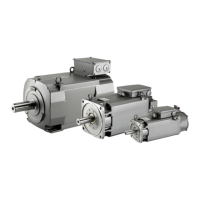
